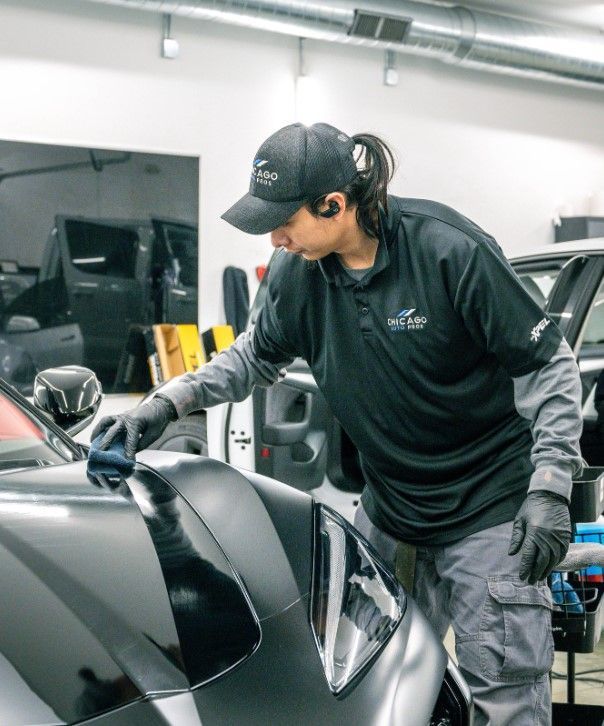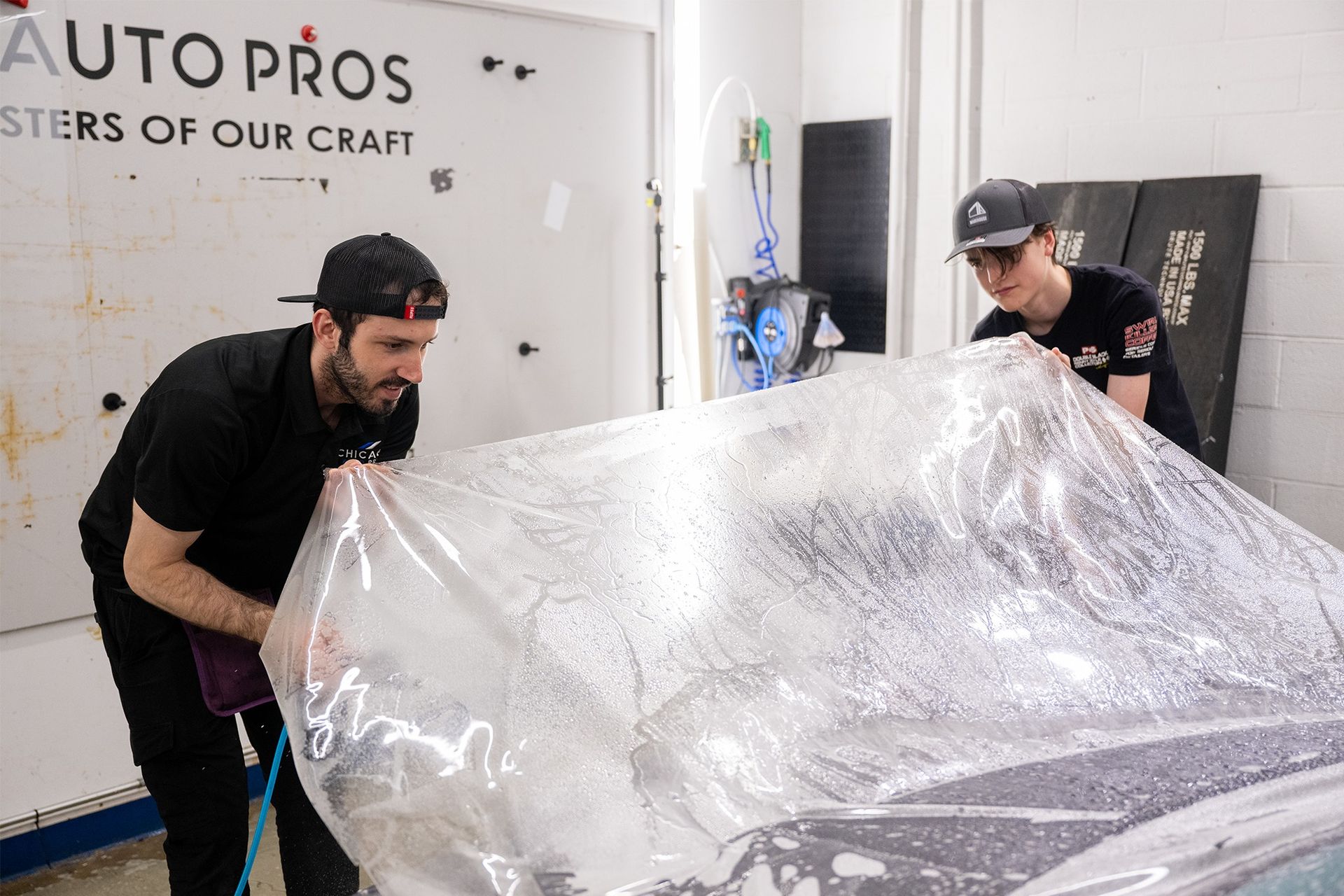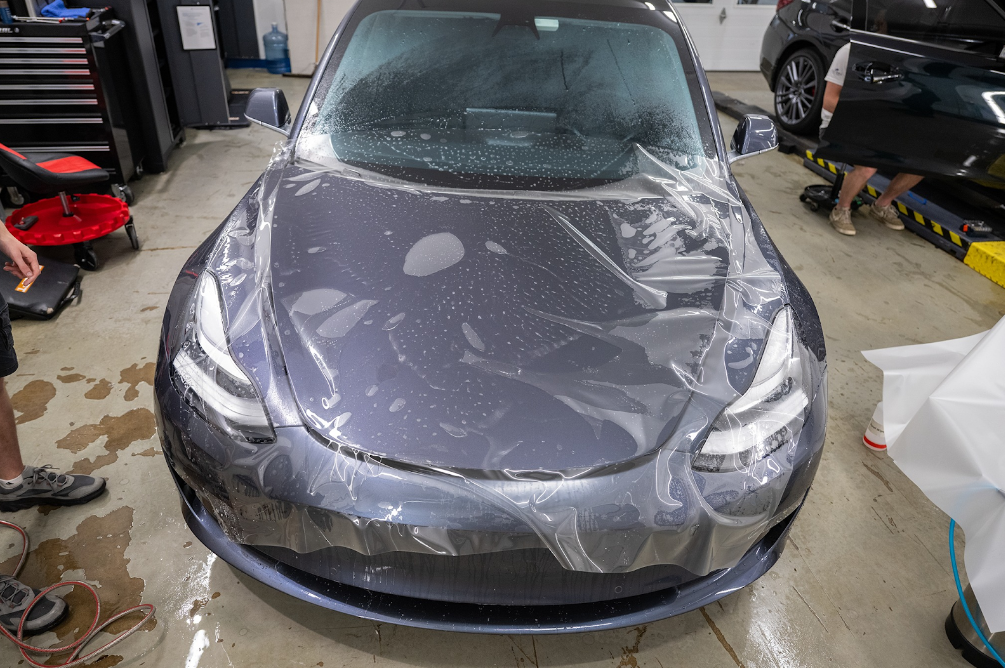How Weather Conditions Affect Ceramic Coating Longevity: Tips for Protection
Ceramic coatings are gaining popularity among car owners for good reason. Although they offer a remarkable barrier against the daily rigors of driving, are you aware that the weather significantly influences the durability of this protection? The elements, from scorching heat to relentless rain, can significantly reduce the effectiveness of your coating. Understanding these impacts is key to making sure your investment remains protected and looks great for years to come. So let's dive into how different weather conditions can affect ceramic coating longevity and find out what you can do to keep your vehicle looking its best, no matter what Mother Nature throws your way!
The Impact of Various Weather Conditions on Ceramic Coating Durability
Weather conditions significantly impact the durability of ceramic coatings, as extreme temperatures can disrupt the curing process, while continuous UV exposure can lead to degradation over time. Additionally, high humidity levels may extend application times, increasing the risk of contamination; thus, professional application and periodic maintenance are crucial to preserving the longevity and effectiveness of ceramic coatings.
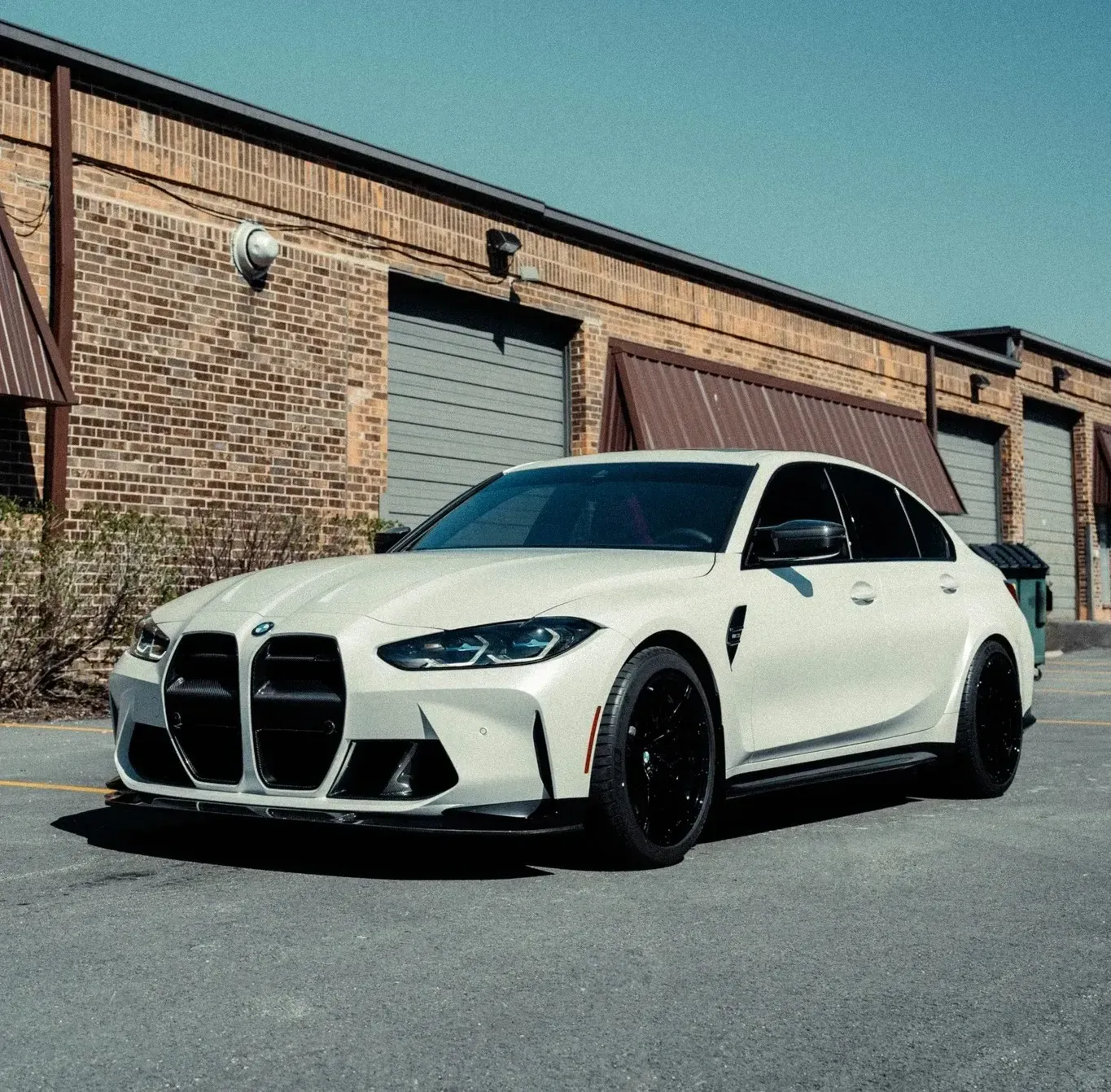
Effects of UV Exposure
UV rays are relentless. Every sunny day, your vehicle's paint job battles against fading and degradation. Imagine stepping outside after a long winter only to see that a vibrant shade of blue has turned into an uninspiring dull hue. This happens because UV rays break down the chemical bonds in your car's paint over time, leading to discoloration and a lifeless finish. The sun's heat can also exacerbate any imperfections, making it crucial to ensure your vehicle remains protected.
Ceramic coatings serve as your car's first line of defense against this damage. By providing a hydrophobic surface that repels water and contaminants, they enhance the durability and longevity of your vehicle's appearance. However, even the most robust coatings can begin to wear under intense, prolonged UV exposure. Regularly checking on your coating’s effectiveness is vital since neglecting this could lead to costly repaint jobs down the road.
How to Protect Your Car Against UV Damage
Park Under Shade: Whenever possible, park in shaded areas or use a garage; this simple habit can significantly prolong the life of your paint.
Use a Car Cover: A breathable car cover not only keeps dust and debris off your car but also provides an extra layer against harmful sunlight.
Choose Quality Coatings: Opt for high-quality UV-resistant ceramic coatings, which offer enhanced protection against environmental wear.
Routine Inspections: Routinely inspect and maintain your ceramic coating to ensure it remains effective over time.
When washing your car, use pH-balanced soaps designed for ceramic coatings. This will help maintain its protective qualities without causing additional harm.
Impact of Rain
Rainwater may seem harmless, but it often carries pollutants and acidic contaminants that can wear down ceramic coatings over time. Raindrops falling through the atmosphere can pick up dirt, dust, and even chemicals from industrial pollution. These impurities might not be visible at first glance, yet they create a cocktail of potential harm for your vehicle’s finish, particularly in urban areas or regions with industrial activity.
How to Protect Your Coating from Rain Damage
One effective method to protect your ceramic coating is consistent washing. Regularly washing your vehicle helps remove acidic residues and other contaminants that collect on the surface. Skipping washes occasionally might seem harmless, but dirt accumulates quickly, especially when it rains frequently.
Using a pH-neutral soap ensures the longevity of the ceramic coating, as it is gentle enough not to strip away that essential layer while effectively cleaning. Harsh soaps can negate the benefits of your investment in a ceramic coating; always check labels before using any product on your car.
Water spots are another concern during rainy seasons. Water left on a surface can evaporate and leave behind minerals, which may etch into the ceramic coating if not addressed quickly. To avoid this, ensure you dry your car thoroughly after it rains, or consider using a drying aid specifically designed for coated surfaces.
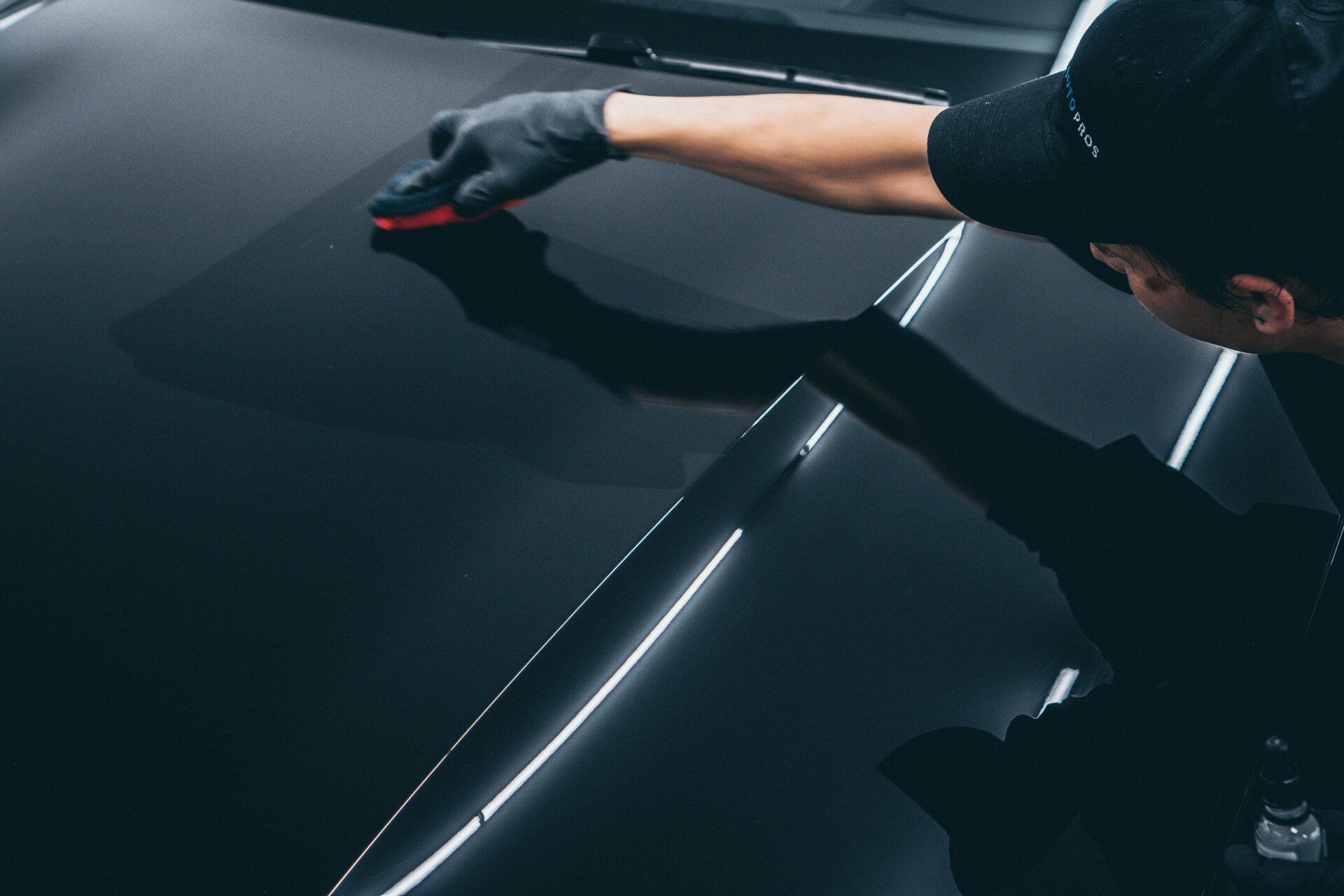
Coping with Temperature Extremes
Extreme temperatures have a significant impact on the performance and longevity of ceramic coatings. When the thermometer swings to either end, hot or cold weather can wear down this protective layer much quicker than expected.
Effects of Heat
The effects of heat are particularly acute. High temperatures can accelerate the breakdown of the ceramic coating, causing it to lose its effectiveness against contaminants like dirt and UV rays more quickly. An overheated surface might also become discolored or appear dull over time, denying your vehicle that has a freshly detailed look. If you're parking your car under direct sunlight or in a hot garage without proper ventilation, you’re inviting hassles down the road.
Effects of Cold
Conversely, extreme cold shouldn't be dismissed either. Freezing temperatures can make ceramic coatings brittle and susceptible to cracking. Imagine driving on a cold winter morning; as the temperature dips below freezing, tiny imperfections can form within the coating due to the contraction of materials. These minor cracks may not seem harmful at first but could lead to larger issues if left unchecked—significantly compromising the protection your coating provides.
Steps to Manage Temperature Extremes
One effective strategy to combat these issues is storing your vehicle in a garage. A stable environment shields it from sudden temperature fluctuations and keeps it out of harsh elements. Moreover, consider applying a premium-grade ceramic coating specifically designed to withstand such variations—options available through Chicago Auto Pros are particularly noted for their durability against both heat and cold.
It's essential to remember that while managing temperature extremes is critical in preserving your vehicle's appearance, enhancing the durability of the coating itself plays an equally important role.
Regular maintenance will also help keep your ceramic coating intact. Staying proactive with washes using pH-neutral products ensures that harmful substances don’t build up, which can wear down coatings over time, regardless of temperature conditions.
By understanding how temperature affects your ceramic coating and taking simple precautions, you can maintain that glossy finish for years to come while ensuring optimal protection for your vehicle against various environmental stressors.
Maintenance Tips for Different Climates
When you think about caring for a ceramic-coated vehicle, the weather is likely not the first aspect that comes to mind. However, environmental conditions can play a huge role in how best to maintain your vehicle's finish.
In humid climates, for instance, frequent washing becomes essential. The moisture in the air encourages mold and mildew growth, which can cling to your vehicle's surface, potentially damaging the finish. To tackle this, consider using a high-quality car wash solution paired with regular washes—ideally every week or two, depending on exposure.
Additionally, incorporating silica-based sealants into your routine can provide another layer of protection against moisture-related issues. These sealants enhance the hydrophobic properties of your ceramic coat, helping water bead off and keeping your paintwork looking pristine.
On the other hand, arid environments pose a unique set of difficulties. While you may not have to worry about moisture buildup, dust and dirt can accumulate quickly in dry environments. By using a gentle blower or even compressed air, you can effectively remove this dust without scratching the delicate ceramic surface.
To further combat dust adherence, applying hydrophobic top coats can serve as an additional barrier. This protective layer repels not just water but also prevents dust from sticking stubbornly to your vehicle’s exterior, making it easier to keep clean.
It's vital to adapt your maintenance strategy according to environmental changes. As seasons shift and weather patterns evolve, staying proactive with care will ensure that your ceramic coating car remains effective and beautiful.
For personalized advice on how to maintain your ceramic-coated vehicle in various climates or to learn more about our specialized services at Chicago Auto Pros, feel free to reach out!
Final Thoughts
Ceramic coating offers unmatched protection for your car, but its longevity depends on how well it’s maintained in response to the weather. Chicago’s combination of hot summers, snowy winters, and windy days can present challenges, but with the right care, your ceramic coating will continue to deliver excellent results for years.
At Chicago Auto Pros, we specialize in ceramic coating application and maintenance, ensuring your car stays protected and looks its best, no matter the season. Our team uses industry-leading products and techniques tailored to meet the demands of Chicago’s weather. If you’re ready to protect your vehicle or need help maintaining an existing coating, contact us today to schedule an appointment!
We Make Your Car Look Beautiful
Founded with an unquenchable desire for automotive perfection, Chicago Auto Pros is a leader in paint protection efforts and aesthetic vehicle detailing services in Chicago, Illinois. When you bring your automobile to our Chicago-based detailing shop, you are sure to experience unmatched integrity, customer service excellence, and above all, absolute automotive perfection from the inside out. Choose the right auto detailing team - choose Chicago Auto Pros!
Lombard Location
207a Eisenhower Ln S, Lombard, IL, United States
Glenview Location
2075 Johns Ct, Glenview, IL, 60025, United States
Additional Service Areas
Tesla & EV Detail Specialists
Services Offered
Quick Links
Proudly written and crafted by the team at Detailers Roadmap,a platform developed for detailing operations across the globe.
All Rights Reserved | 8bitcreative LLC | Chicago Auto Pros



